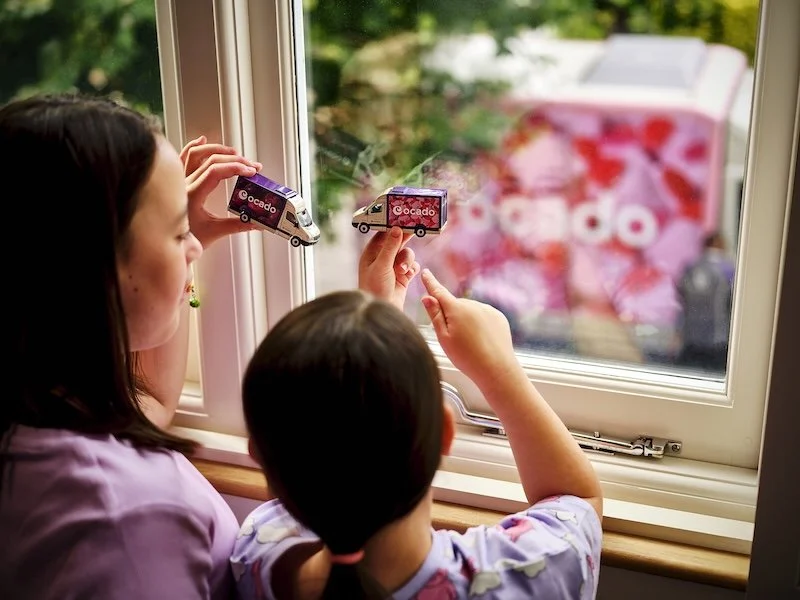How vehicle technology has made driving both safer and more dangerous
Vehicles have been constantly evolving since their creation, and the biggest area of innovation has been safety. All vehicles now include seatbelts, mirrors, airbags, crumple zones, and more that all help to keep us safe in some way. However, not all vehicle innovations have been designed with safety in mind.
It’s important to know what your car has that not only makes it safer but more dangerous as well, so you are more prepared to make smart decisions. Whether you’re making them when purchasing a vehicle or are avoiding a crash and the 66% increase in Allstate insurance premiums, you’ll find the following information invaluable.
Blind-spot warning system
The vast amount of windows, mirrors or even cameras in your car or truck may make you think that you can see every angle around your vehicle while driving. Unfortunately, this isn’t true.
Yes, all of that technology paired with the tried-and-true mirrors and windows does increase your field of view but there will always be spots outside of your line of sight. This is why many vehicles now include blind-spot warning technology.
Blind-spot warning or BSW systems alert you that there is a vehicle in the next lane that you can’t see. Not only could this technology prevent you from merging into an occupied lane but it could also prevent side swipes because you’d be alerted of a vehicle entering your blind spot and could act accordingly.
Car safety will only increase as this vital technology is incorporated in more vehicles in the future.
Car infotainment systems
If you’ve seen a new car in the past few years, you may have spotted a terrifying and frustrating feature: a touch screen built into the car.
These were not added by tablet-obsessed drivers either. The manufacturer installed them and loaded them with a variety of apps and information which means that they can’t be ignored.
These large touch screens are called “infotainment systems” and they’re built in the space between the steering wheel and the passenger’s glove box. Sometimes they are small screens that fill the space where the radio used to be and other vehicles have tablets that completely cover this spot and even jut out of the centre console (yes, that spot has an actual name).
Lucky vehicle owners will be able to completely ignore it until they want to turn music on or they need to use its GPS app. Unlucky drivers have to use this touch screen for much more, from flipping through menus to mess with the AC to possibly even needing to use it to check their speed.
We already know how dangerous distracted driving is, which is why there are constant, massive campaigns to give drivers the facts and convince them to stop using their phones while driving.
All of that work is undermined when car manufacturers install what is essentially a giant phone into the vehicle itself. It’s even worse when mandatory features such as speed and gas-tank fullness are moved off of the dashboard and onto the screen that is also showing what the road behind you looks like, traffic projections and more.
While these car infotainment systems do bring convenience sometimes, they need to be reexamined and overhauled to outdo the harm they currently cause.
Rear-view cameras
If you have to drive to work every day with your car parked in your driveway then you understand the fear of accidentally running something over.
Unfortunately, you need to see a lot more behind your car while in reverse and this spot is also a massive blind spot of every vehicle, especially tall ones like pickup trucks. Enter rear-view cameras.
Sometimes, when you see a small screen in a car, it has nothing to do with an infotainment system and is instead the screen to let you see what your rear-view camera does. They can almost double how much behind your vehicle that you can see and usually beep to warn you when you get too close to an object of some kind.
While you still need to use your mirrors and back window, the rear-view camera is an extra check that can make you more comfortably reversing whether you’re leaving your driveway or the grocery store’s parking lot.
Hand-free bluetooth
The hand-free Bluetooth functionality we’ll be discussing here has nothing to do with blasting your playlist through the car’s speakers; it refers to answering a phone call.
Talking on a cellphone while driving is dangerous for a few reasons with the main one being that you’re distracted. You’ll see less that’s on the road even if your eyes are constantly scanning it while talking, your reaction time will be dangerously reduced and you’ll be generally less focused.
But before you get defensive and argue that talking with passengers brings the same issues, let’s discuss that. No, talking with passengers while driving does not pose the same risks as talking on the phone does.
Passengers are there in the car with you and will react accordingly because they can see what dangers you may face and when you need to completely focus on the road.
For example, your friend in the backseat who’s discussing their favourite movie may pause the conversation as you approach a crowded construction zone; the person on the phone will continue talking because they are unaware of the danger.
There are a lot more differences between talking to passengers and talking on the phone while driving, but the big takeaway is to avoid phone calls, and hand-free Bluetooth makes that more difficult by providing an easy way to accept a call.
The future of automotive technology
Vehicles have always been dangerous, but we’re constantly finding new ways to make them safer. Unfortunately, the same technology that is used to increase safety can also decrease when used incorrectly.
The point of acknowledging this dichotomy is not to make you afraid of driving or vehicle innovation; it’s to make you aware of the new safety nets and dangers so you can drive safely with confidence.































Continue reading…